Home>Gardening & Outdoor>Outdoor Structures>How To Remove Squirrels From A Shed
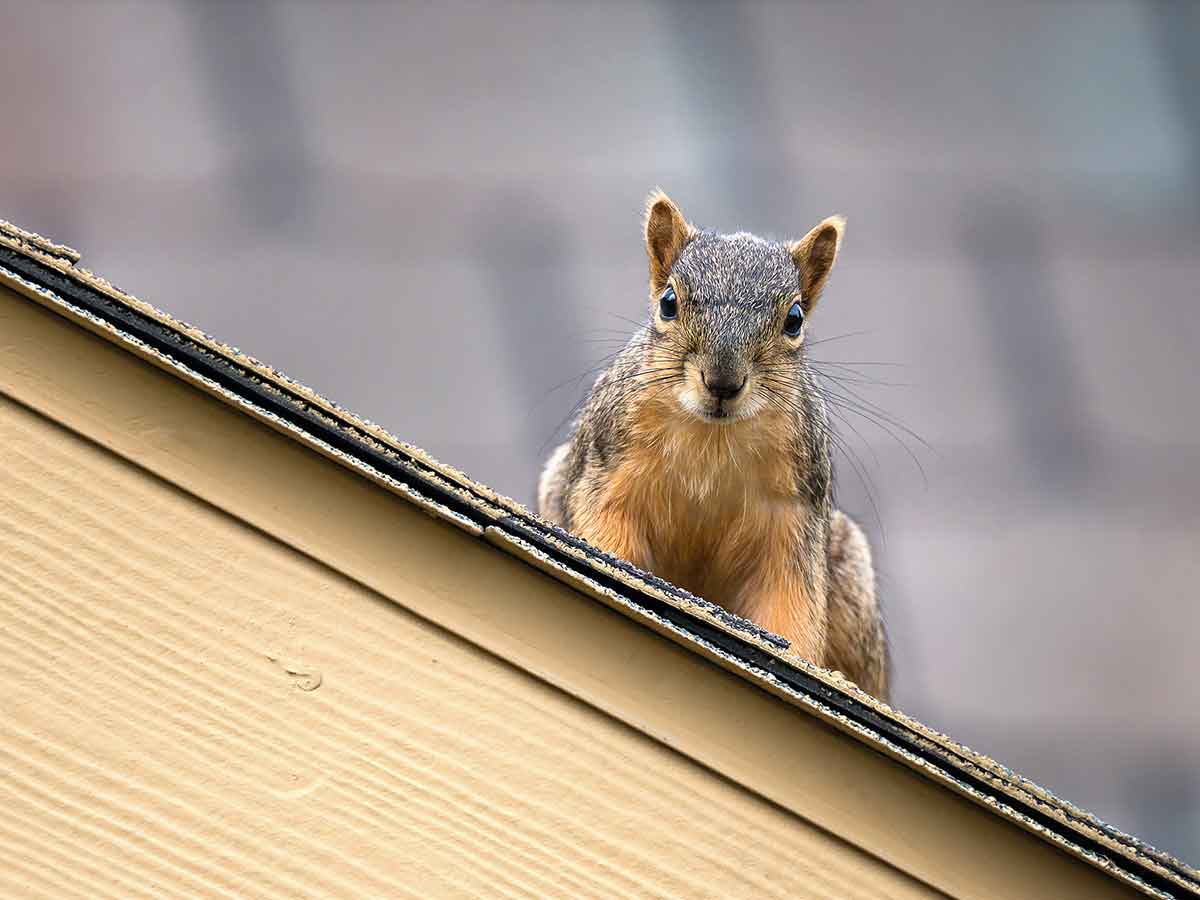

Outdoor Structures
How To Remove Squirrels From A Shed
Published: January 20, 2024
Learn effective methods for removing squirrels from outdoor structures. Discover humane and safe techniques for protecting your shed from these pests.
(Many of the links in this article redirect to a specific reviewed product. Your purchase of these products through affiliate links helps to generate commission for Storables.com, at no extra cost. Learn more)
Introduction
Dealing with a squirrel infestation in your shed can be a frustrating and challenging experience. These small, agile creatures are notorious for finding their way into various structures, including sheds, in search of shelter and food. While squirrels may appear harmless, they can cause significant damage to the shed and its contents. From gnawing on wood and insulation to leaving behind droppings, their presence can lead to structural issues and health concerns.
In this comprehensive guide, we will explore effective strategies for removing squirrels from your shed and preventing future infestations. By understanding the behavior of these persistent rodents and implementing targeted solutions, you can reclaim your shed and protect it from potential damage.
Whether you are a seasoned homeowner or new to handling wildlife intrusions, this article will provide valuable insights and practical tips for addressing squirrel infestations in sheds. From assessing the situation to implementing preventive measures, each step is designed to empower you with the knowledge and tools needed to tackle this common nuisance. Let's dive into the process of safely and effectively removing squirrels from your shed while safeguarding it against future invasions.
Key Takeaways:
- Seal all entry points and use repellents to keep squirrels out of your shed. Regularly inspect and maintain the shed to prevent future infestations.
- If needed, trap and remove squirrels humanely. Consider professional help. After removal, fortify the shed to discourage future intrusions.
Assessing the Situation
Before embarking on the journey to rid your shed of squirrels, it’s crucial to assess the extent of the infestation and understand the behavior of these persistent rodents. Start by conducting a thorough inspection of the shed’s interior and exterior. Look for signs of squirrel activity, such as gnaw marks on wood, droppings, nesting materials, and potential entry points.
Inspect the exterior of the shed for any visible entry points that squirrels may have utilized to gain access. Common entry points include gaps in the walls, broken vents, and openings around utility lines. Squirrels are adept at squeezing through small openings, so it’s essential to be meticulous in your examination.
Additionally, observe the squirrels’ behavior around the shed. Do they appear to be entering and exiting through specific areas? Are there multiple squirrels present, indicating a potential nest inside the shed? Understanding their patterns and habits will provide valuable insights for developing a targeted removal and prevention plan.
As you assess the situation, consider the time of year and the potential presence of baby squirrels. If it’s spring or early summer, there’s a possibility of young squirrels in the shed. In such cases, extra caution is necessary to avoid separating mother squirrels from their offspring.
Finally, evaluate the existing damage caused by the squirrels. Check for any structural compromises, chewed wires, or damaged insulation. Understanding the impact of the infestation will not only guide your removal efforts but also underscore the importance of preventing future intrusions.
By thoroughly assessing the situation, you’ll gain a comprehensive understanding of the squirrel infestation in your shed, laying the groundwork for targeted and effective removal strategies. This knowledge will inform the subsequent steps as you work to reclaim your shed from these persistent intruders.
Sealing Entry Points
Once you’ve assessed the squirrel infestation and identified potential entry points, the next crucial step is to seal off these openings to prevent further access. Squirrels are adept at exploiting even the smallest gaps and vulnerabilities in the shed’s structure, making it essential to fortify its defenses against these persistent rodents.
Begin by inspecting the exterior of the shed for any visible entry points, including gaps around doors, windows, vents, and utility penetrations. Use a keen eye to identify potential access points that may have been overlooked during the initial assessment. Seal these openings using sturdy materials that squirrels cannot easily gnaw through, such as heavy-gauge hardware cloth, metal flashing, or steel wool.
Ensure that all gaps and cracks are effectively sealed to thwart squirrel entry. Pay particular attention to areas where different building materials meet, as these junctions may present vulnerabilities. Use a combination of sealant and appropriate building materials to reinforce these areas and create a robust barrier against squirrel intrusion.
It’s also important to inspect the roof of the shed for any potential entry points. Squirrels are skilled climbers and may access the shed from overhanging tree branches or nearby structures. Trim back overhanging branches and consider installing squirrel-proof barriers or deterrents to prevent roof access.
While sealing entry points is crucial for preventing future infestations, it’s equally important to ensure that any squirrels currently inside the shed have a means of exiting. Before sealing off all access points, consider implementing one-way exclusion devices that allow squirrels to leave the shed but prevent re-entry. These devices can be strategically placed over entry points and serve as temporary exits for the squirrels.
By diligently sealing entry points and implementing exclusion strategies, you can fortify your shed against squirrel intrusions and create a secure environment that deters further incursions. This proactive approach forms a critical component of comprehensive squirrel removal and prevention efforts.
Using Repellents
When dealing with a squirrel infestation in your shed, employing repellents can serve as a valuable tool in deterring these persistent rodents from accessing and nesting within the structure. While repellents may not offer a foolproof solution, they can complement other removal and prevention strategies, contributing to a comprehensive approach to addressing the issue.
One effective repellent is the use of natural scents and odors that are known to repel squirrels. Substances such as white vinegar, ammonia, or predator urine can be strategically placed around the perimeter of the shed or near entry points to create an environment that is less appealing to squirrels. Additionally, the scent of predator urine can trigger the squirrels’ instinctual fear response, prompting them to seek alternative shelter.
Commercially available squirrel repellent sprays, formulated with natural or chemical deterrents, can also be applied to the exterior of the shed. These repellents often utilize strong, unpleasant scents or bitter-tasting compounds that discourage squirrels from approaching or attempting to gnaw on treated surfaces.
Ultrasonic repellent devices emit high-frequency sound waves that are disruptive to squirrels and can deter them from inhabiting the shed. These devices are typically easy to install and operate silently, making them a convenient option for creating an inhospitable environment for squirrels without causing disturbance to humans or pets.
It’s important to note that while repellents can be effective in certain situations, their success may vary based on factors such as the persistence of the squirrel infestation, the availability of alternative shelter and food sources, and the specific repellent used. As such, repellents should be viewed as a supplementary component of a broader squirrel removal and prevention strategy.
When using repellents, it’s essential to follow the application instructions carefully and reapply them as needed, especially after heavy rain or prolonged exposure to the elements. By incorporating repellents into your overall approach, you can create an environment that discourages squirrel activity and supports the effectiveness of other removal and prevention measures.
Seal all entry points with wire mesh or metal flashing to prevent squirrels from getting into the shed. Trim nearby tree branches to limit access. Use a bright light or loud noise to encourage them to leave.
Trapping and Removing Squirrels
When other methods have proven ineffective in addressing a squirrel infestation in your shed, trapping and removing the squirrels may become necessary. This approach requires careful planning and adherence to local regulations regarding wildlife removal, ensuring that the process is humane and compliant with applicable laws.
One effective trapping method involves using live traps designed specifically for capturing squirrels. These traps should be placed strategically near entry points or areas where squirrel activity is observed. Bait the traps with enticing food such as nuts or seeds, and consider using a small amount of peanut butter as an additional attractant. Check the traps frequently to minimize the squirrels’ time in captivity and to ensure their well-being.
Upon capturing a squirrel, it’s crucial to handle the situation with care and compassion. If local regulations permit, consider contacting a professional wildlife removal service or animal control agency to safely and humanely relocate the captured squirrels to a suitable habitat. Always prioritize the well-being of the squirrels and adhere to ethical and legal guidelines for their removal and relocation.
It’s important to note that trapping and removing squirrels should be approached with caution, as it may not address the root cause of the infestation if entry points and vulnerabilities in the shed remain unaddressed. Therefore, trapping and removal should be integrated into a comprehensive strategy that includes sealing entry points, implementing repellents, and preventive measures to minimize the likelihood of future infestations.
Throughout the trapping and removal process, maintaining empathy and respect for wildlife is essential. By approaching the task with a focus on the well-being of the squirrels and adherence to ethical practices, you can effectively address the immediate infestation while fostering a harmonious coexistence with the natural environment.
Read more: How To Stop Squirrels From Eating Bird Seed
Preventing Future Infestations
After successfully removing squirrels from your shed, it’s essential to implement preventive measures to minimize the likelihood of future infestations. By addressing vulnerabilities and creating an inhospitable environment for squirrels, you can safeguard your shed against potential intrusions and preserve its integrity.
Begin by conducting a thorough inspection of the shed’s exterior and interior to identify and seal any remaining entry points. Pay close attention to areas where different building materials meet, as well as gaps around doors, windows, vents, and utility penetrations. Use durable materials such as heavy-gauge hardware cloth, metal flashing, or steel wool to fortify these vulnerable areas and prevent squirrel access.
Consider installing squirrel-proof barriers or deterrents, such as metal mesh or wire mesh, around the shed’s perimeter to discourage squirrels from approaching and attempting to access the structure. These barriers can be particularly effective when placed along the base of the shed and around potential entry points, creating an additional layer of defense against squirrel intrusions.
Maintaining a tidy and well-maintained outdoor environment can also contribute to preventing future infestations. Keep trees and vegetation near the shed trimmed to minimize potential pathways for squirrels to access the roof or upper areas. Additionally, remove any food sources, such as bird feeders or fallen fruits and seeds, that may attract squirrels to the vicinity of the shed.
Regularly inspect the shed for signs of wear and damage, addressing any structural issues promptly to prevent vulnerabilities that could be exploited by squirrels. Ensure that the shed’s roof is in good condition and free from loose shingles or openings that could provide access points for squirrels.
Finally, consider the ongoing use of natural or commercial repellents to discourage squirrel activity around the shed. Regularly reapply repellents as needed, especially after exposure to rain or environmental factors that may diminish their effectiveness.
By implementing a comprehensive prevention plan that encompasses sealing entry points, installing barriers, maintaining the surrounding environment, and utilizing repellents, you can significantly reduce the risk of future squirrel infestations in your shed. These proactive measures not only protect the integrity of the structure but also promote a harmonious coexistence with wildlife.
Conclusion
Dealing with a squirrel infestation in your shed can be a challenging endeavor, but by approaching the situation with a strategic and proactive mindset, you can effectively address the issue and prevent future intrusions. From assessing the extent of the infestation to implementing targeted removal and prevention strategies, each step is integral to reclaiming your shed and safeguarding it against potential damage.
By thoroughly assessing the situation, including identifying entry points and understanding squirrel behavior, you gain valuable insights that inform the subsequent steps in the removal process. Sealing entry points is a critical measure that fortifies the shed against squirrel intrusions, creating a robust barrier that deters their access.
Integrating repellents into your removal and prevention strategy can further discourage squirrel activity, contributing to a less appealing environment for these persistent rodents. Whether utilizing natural scents, commercially available sprays, or ultrasonic devices, repellents complement other measures in creating an inhospitable space for squirrels.
In cases where other methods have proven ineffective, trapping and removing squirrels may become necessary. Careful consideration of humane removal practices and compliance with local regulations are paramount, ensuring the well-being of the squirrels and ethical handling of their relocation.
Preventing future infestations is a crucial aspect of the overall approach, requiring thorough inspection, proactive sealing of entry points, installation of barriers, and ongoing maintenance of the shed’s surroundings. By addressing vulnerabilities and creating a less enticing environment, you can minimize the risk of future squirrel intrusions and preserve the integrity of your shed.
Ultimately, the successful removal of squirrels from your shed and the prevention of future infestations contribute to a harmonious coexistence with wildlife, ensuring that your outdoor space remains a secure and welcoming environment. By combining knowledge, empathy, and proactive measures, you can reclaim your shed from squirrel intrusions and enjoy peace of mind knowing that it is effectively protected against potential wildlife disturbances.
With these comprehensive strategies and a commitment to responsible wildlife management, you can confidently address and prevent squirrel infestations in your shed, fostering a balanced and respectful relationship with the natural world.
Frequently Asked Questions about How To Remove Squirrels From A Shed
Was this page helpful?
At Storables.com, we guarantee accurate and reliable information. Our content, validated by Expert Board Contributors, is crafted following stringent Editorial Policies. We're committed to providing you with well-researched, expert-backed insights for all your informational needs.
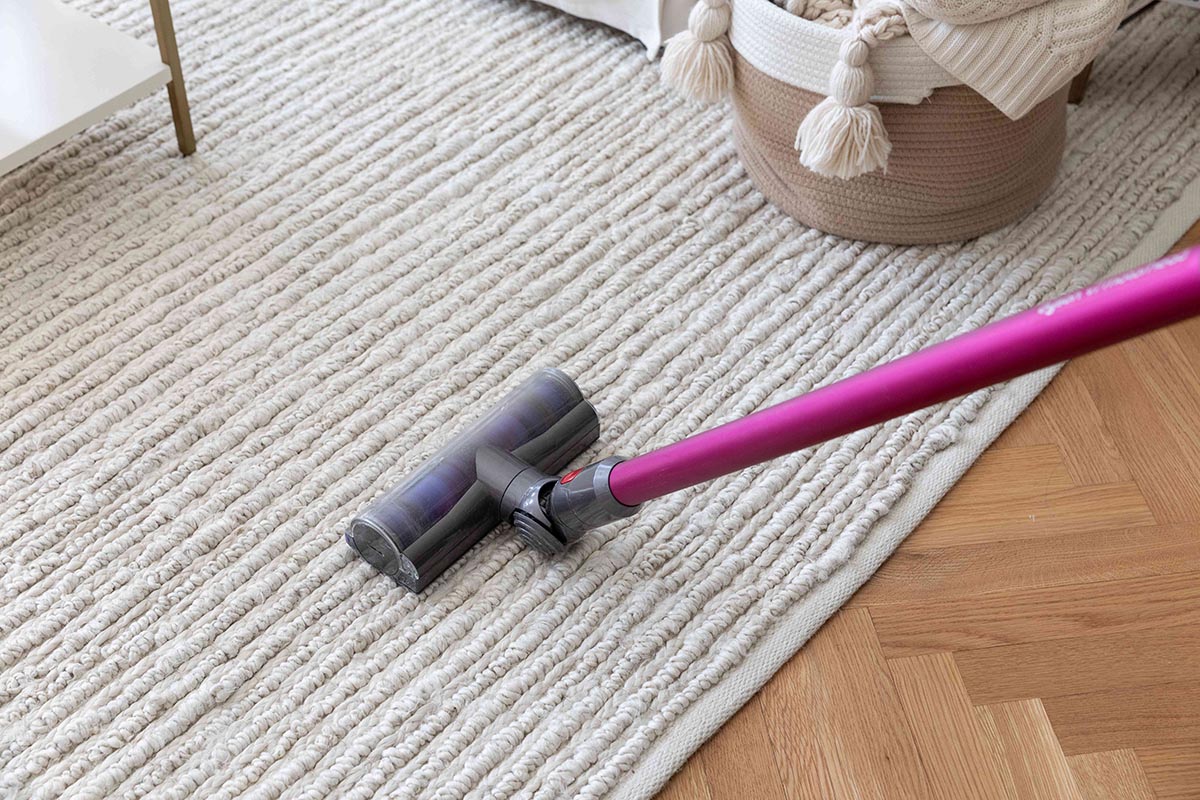
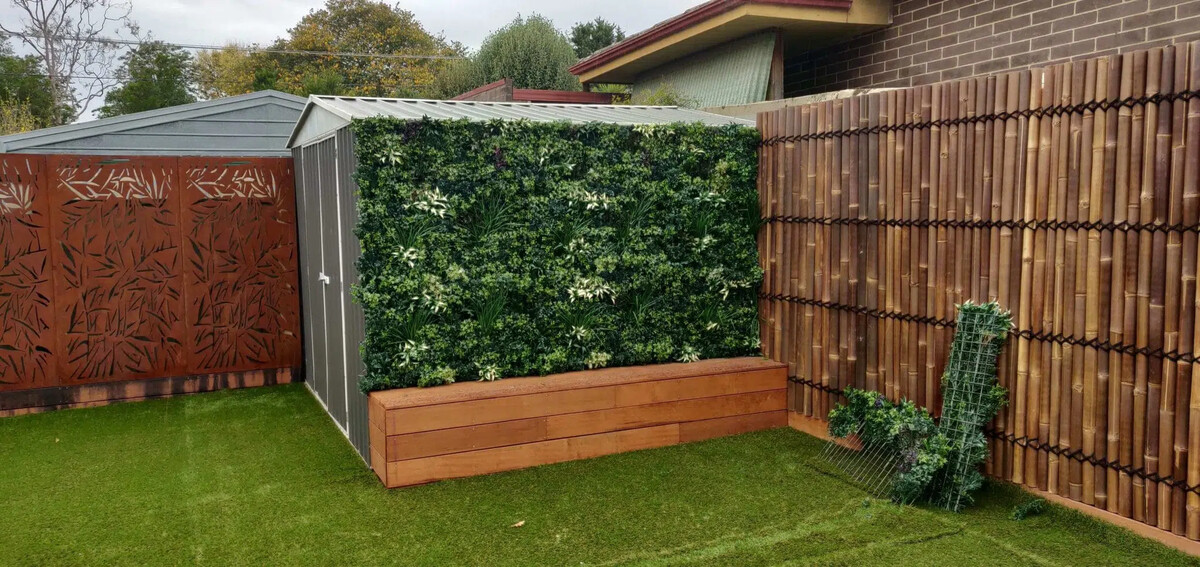
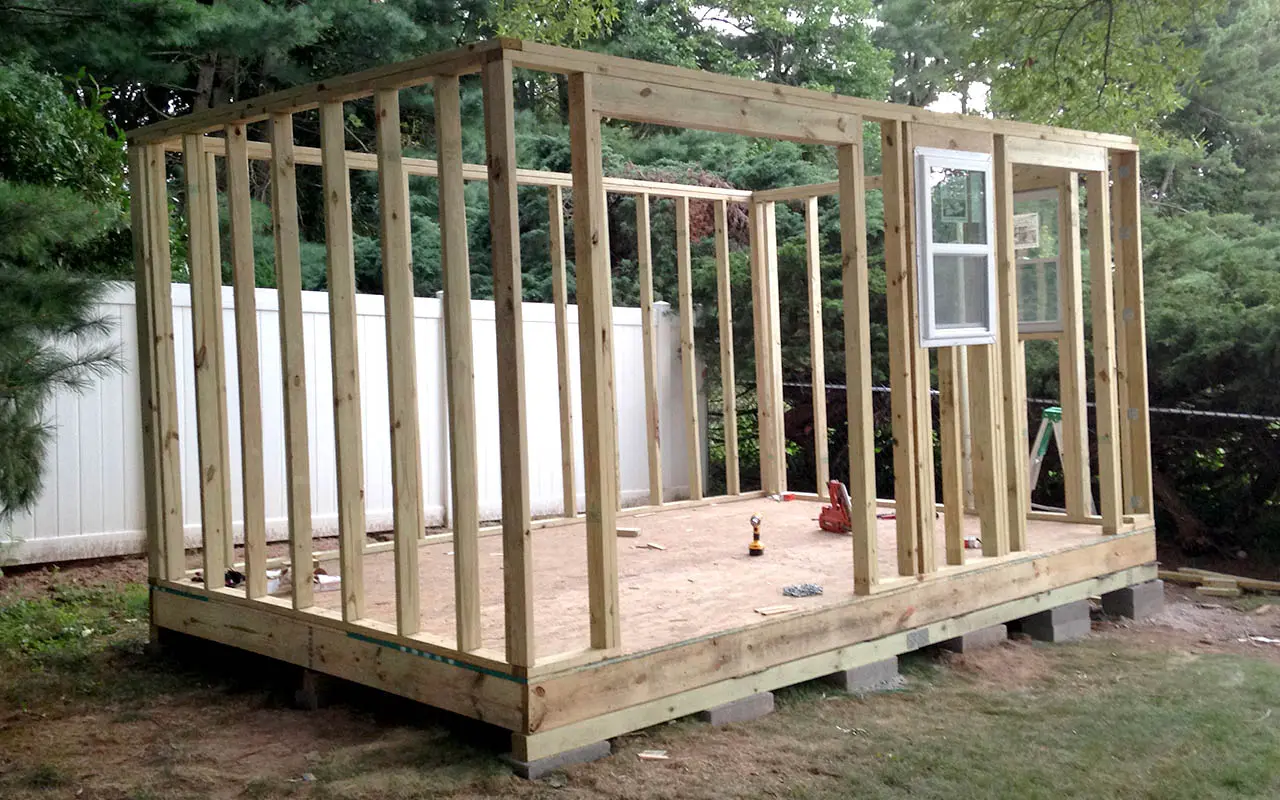
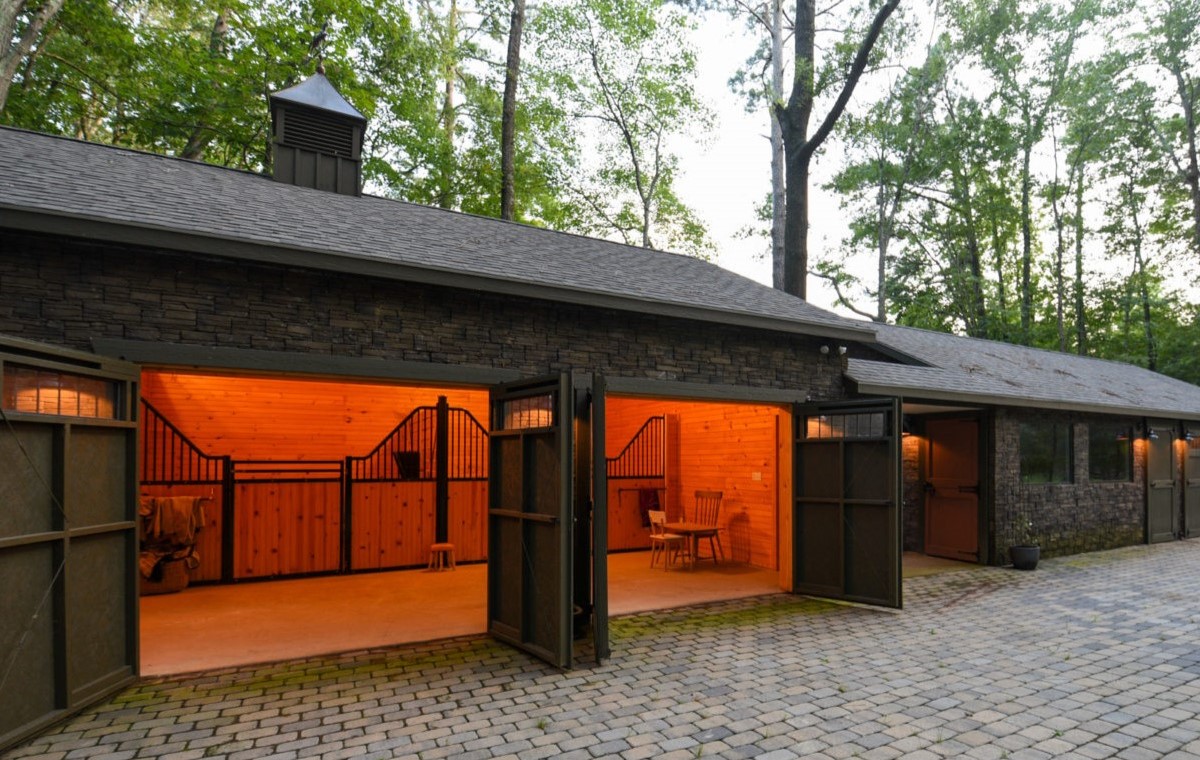
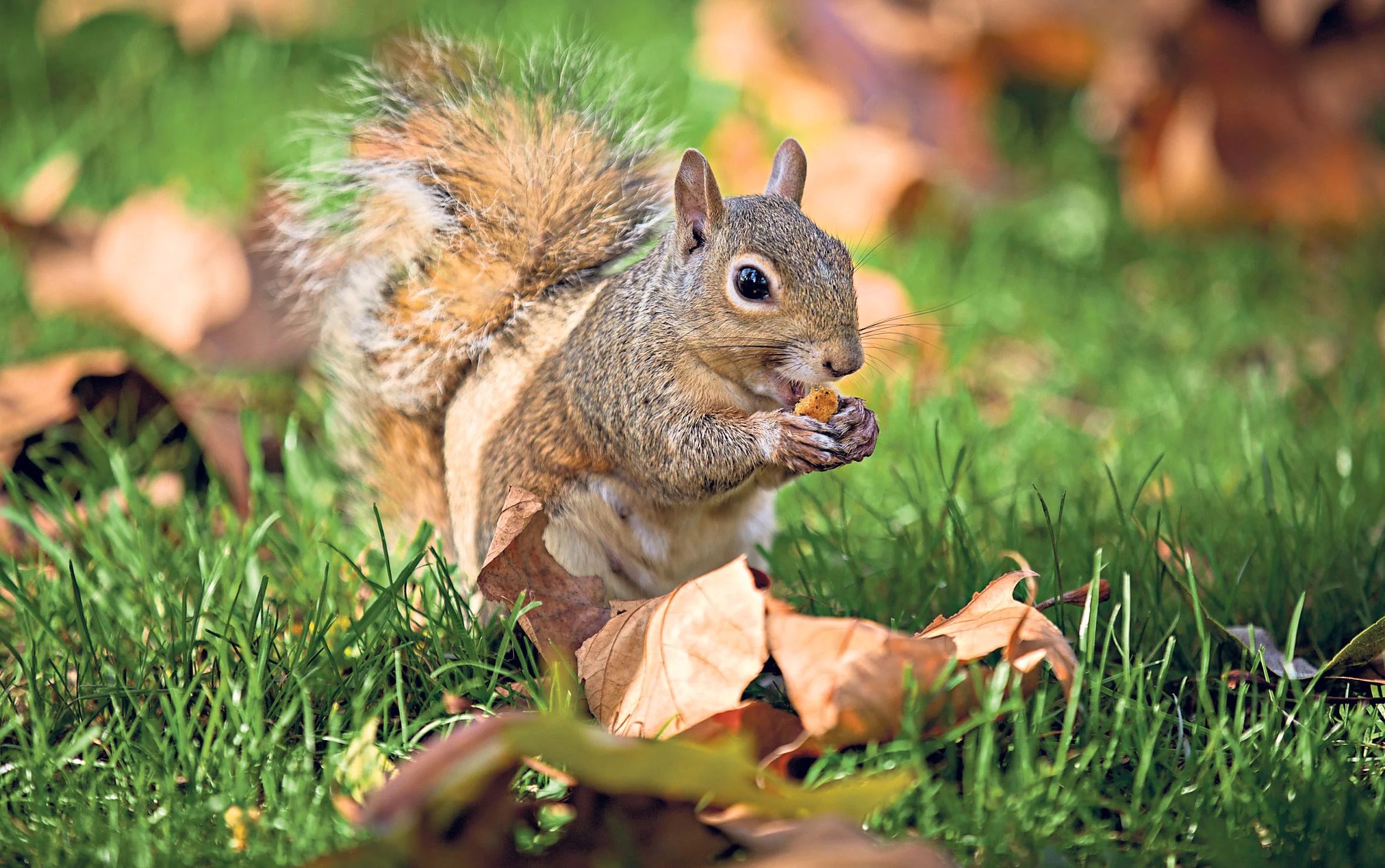
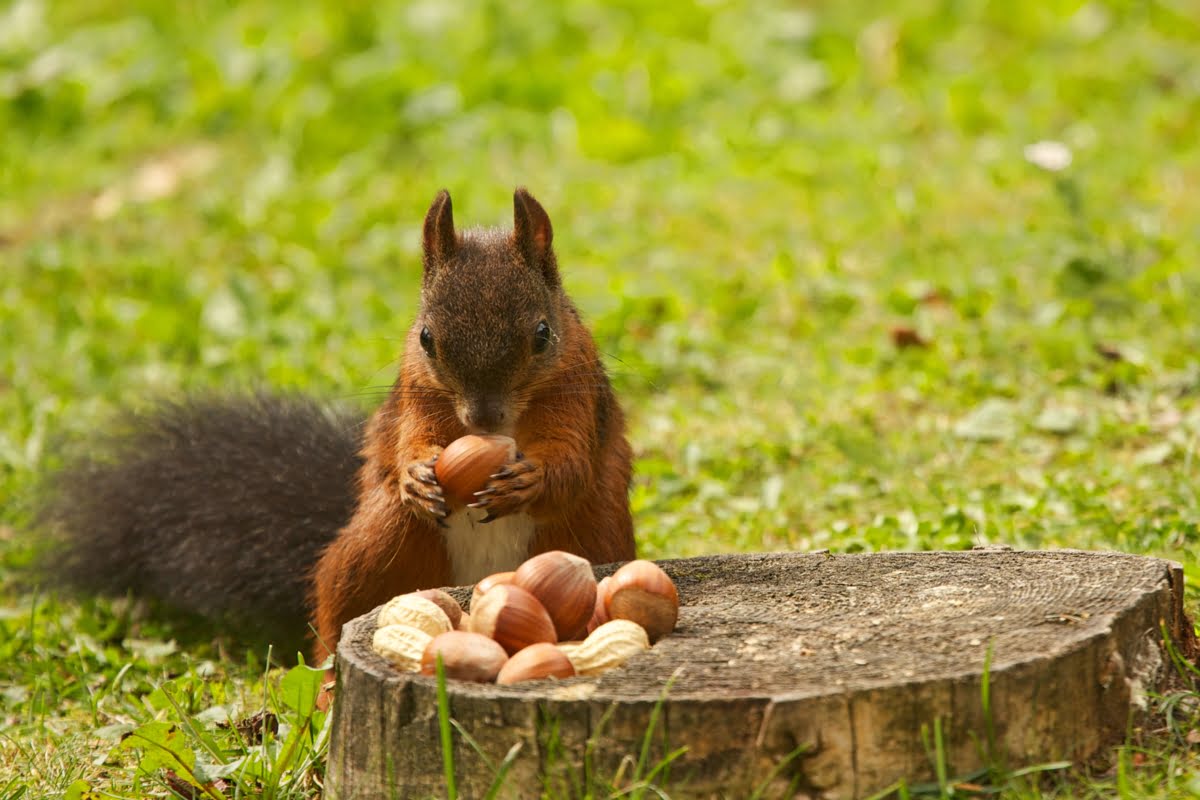

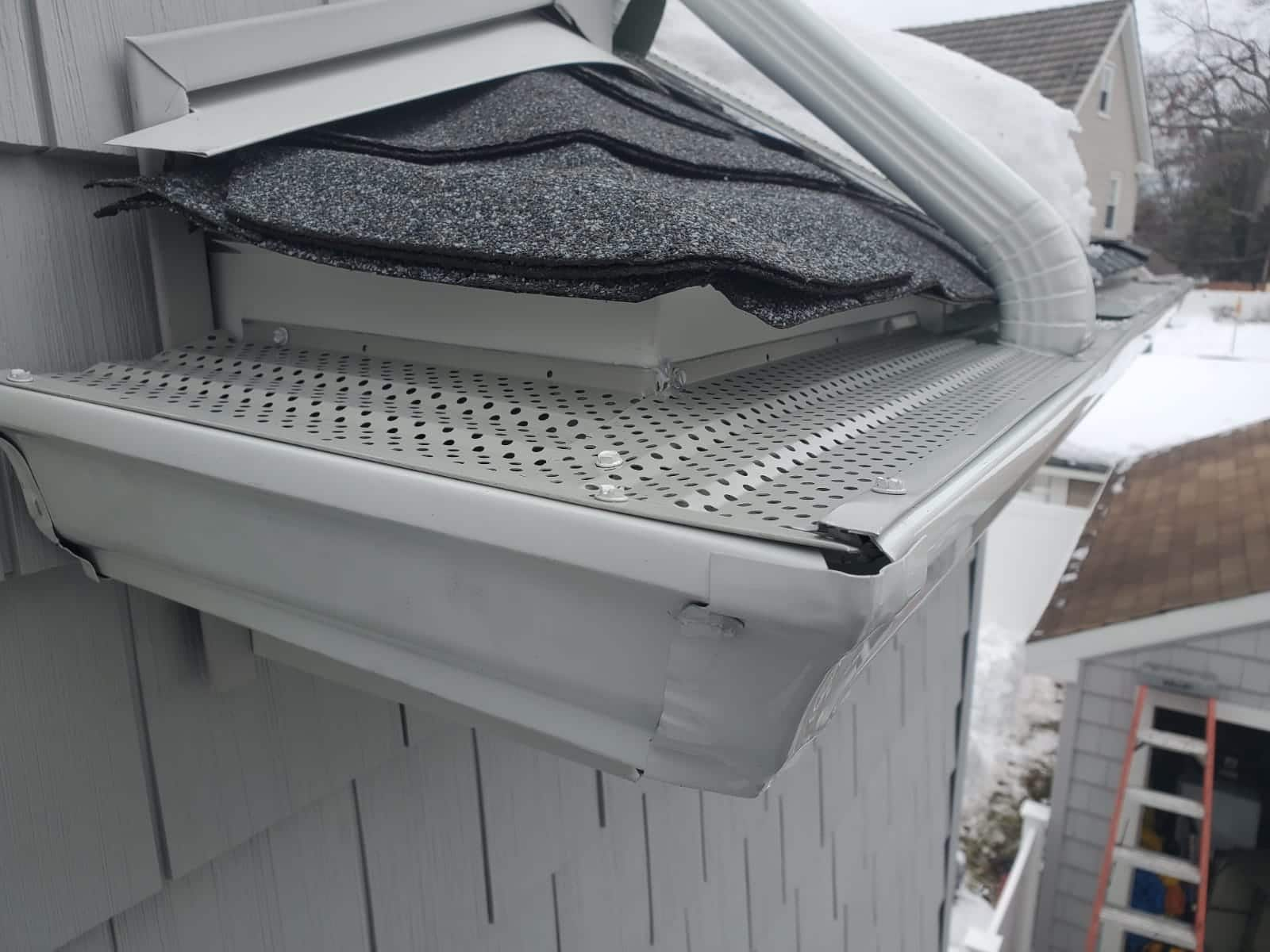
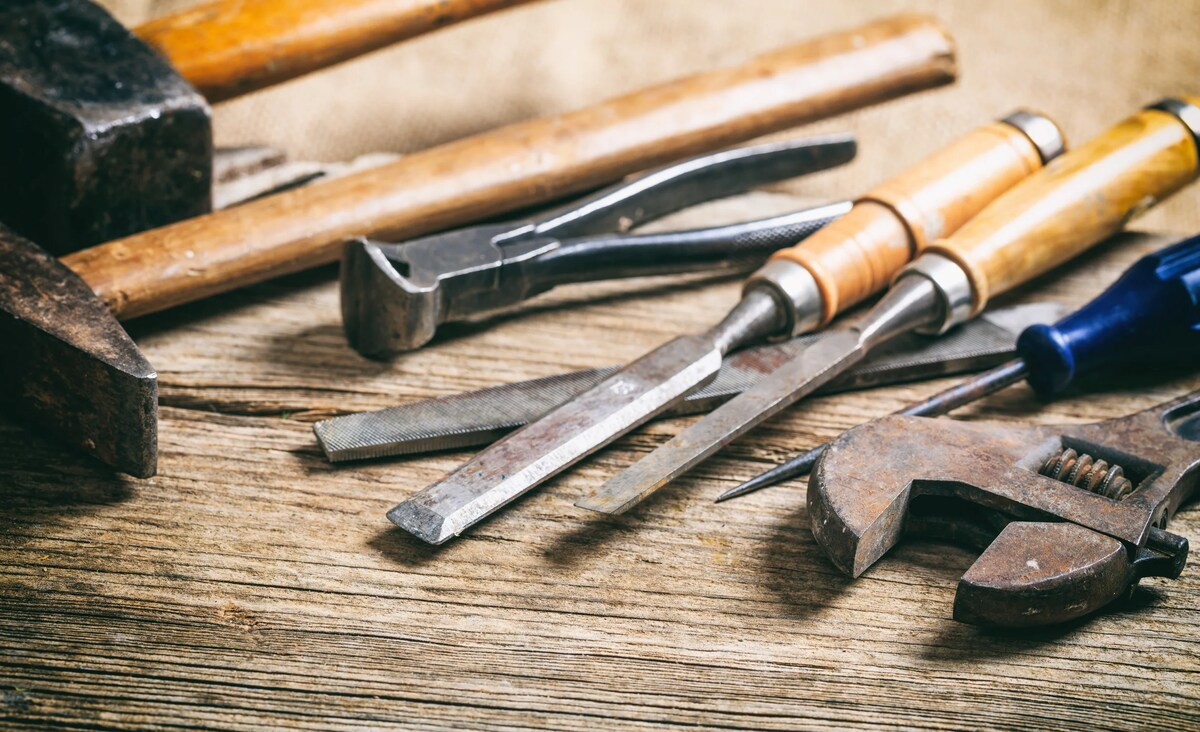
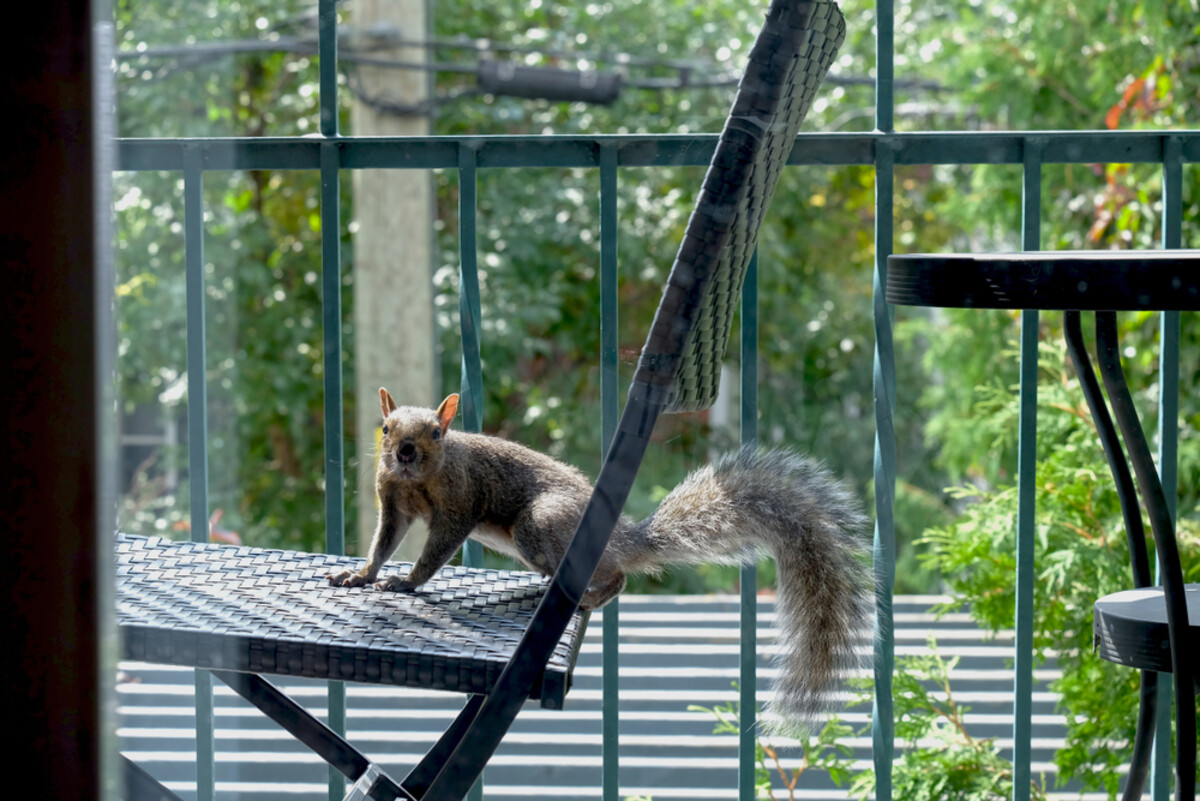
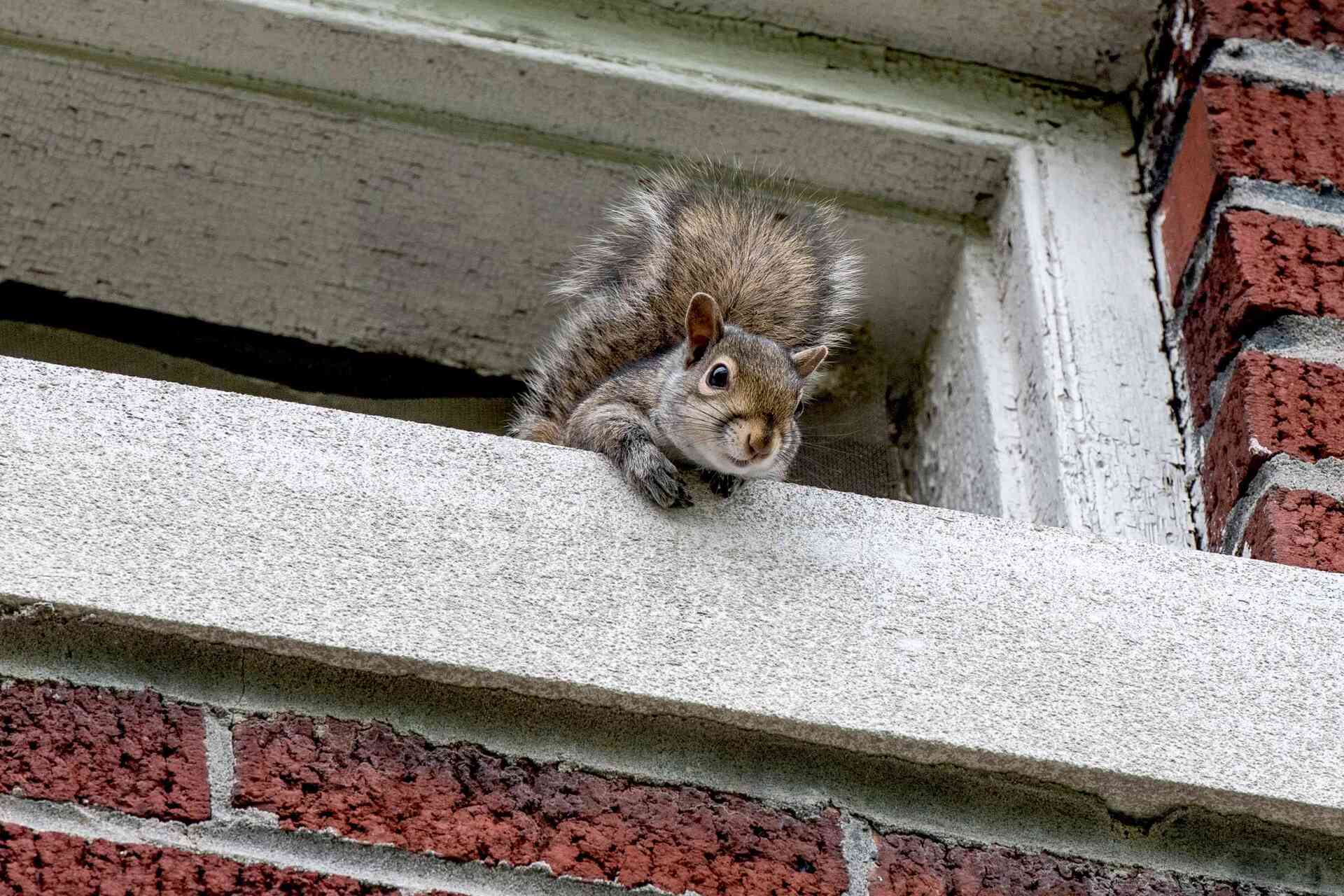
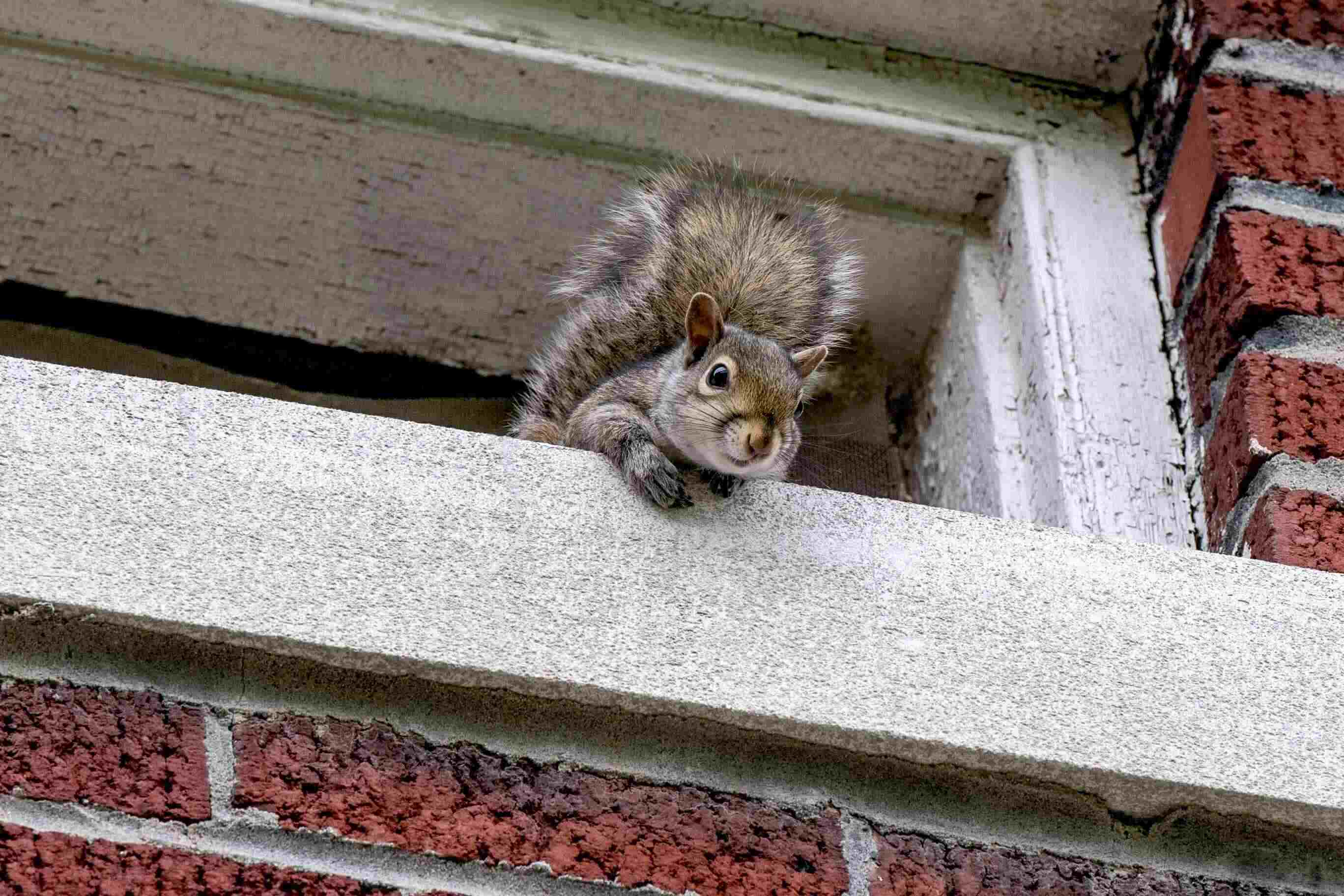
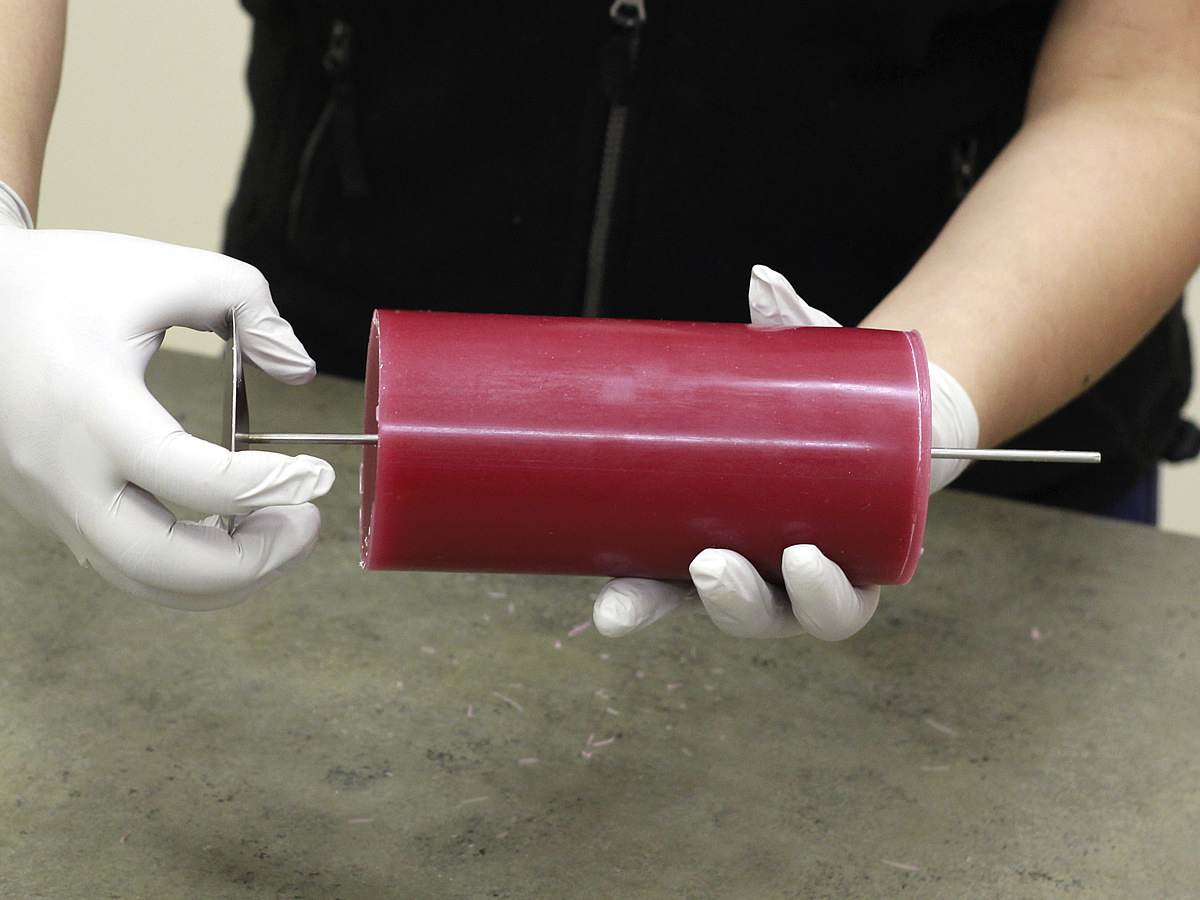


0 thoughts on “How To Remove Squirrels From A Shed”